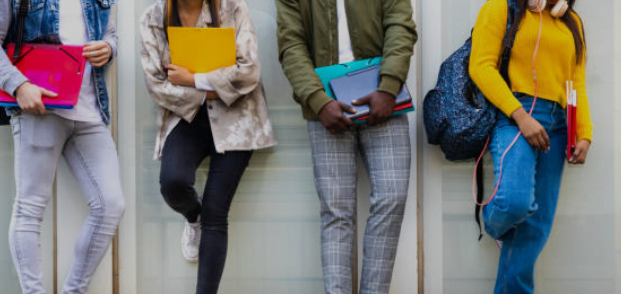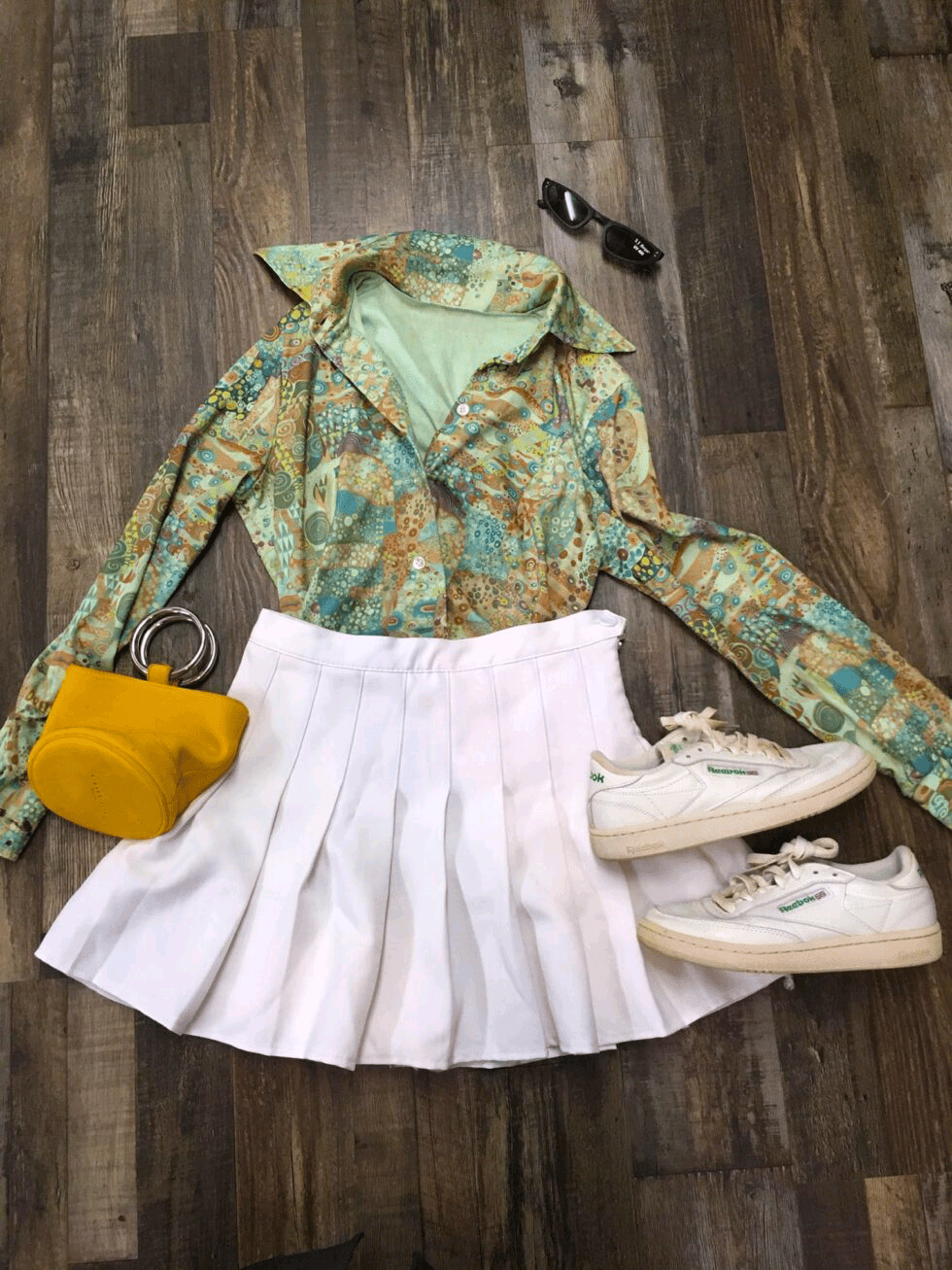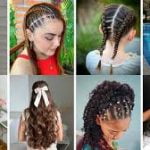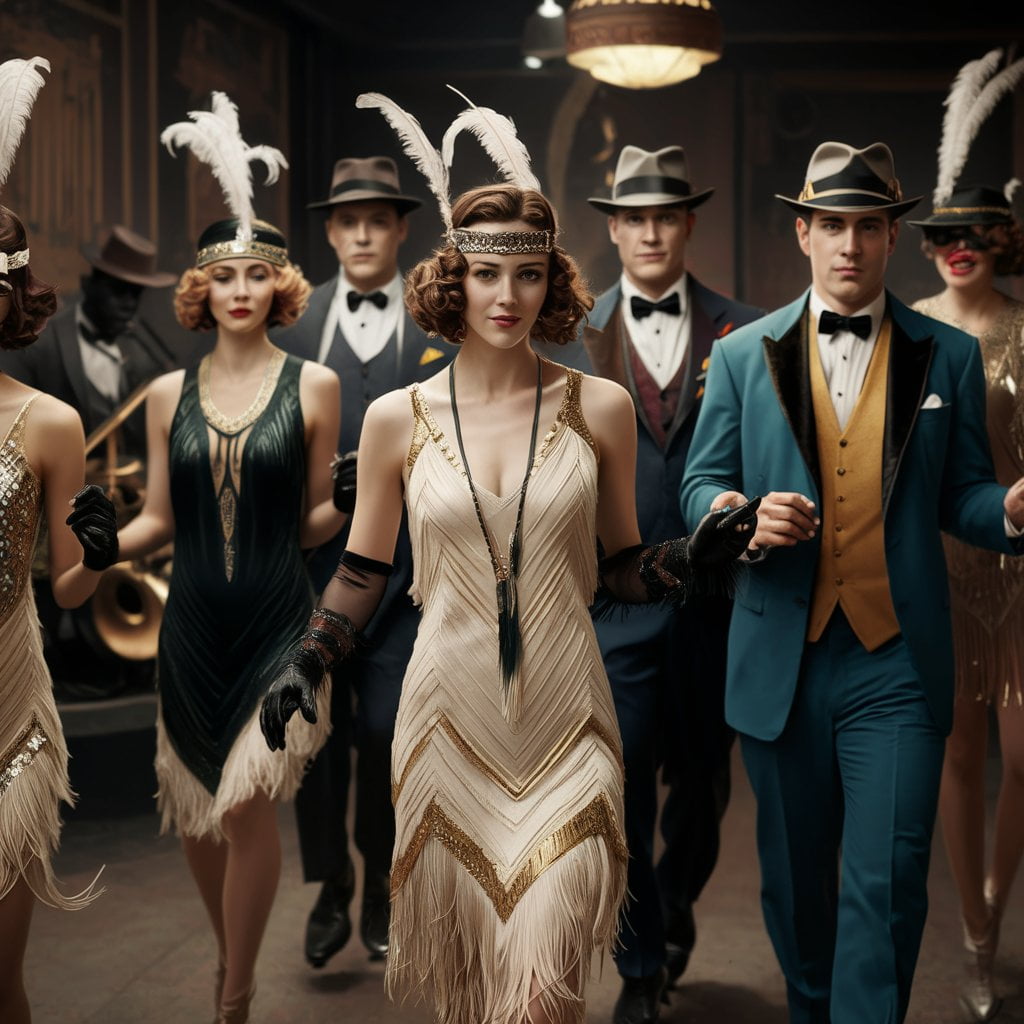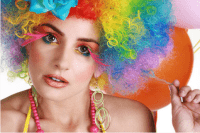Personalized School Uniforms for Unique Expression
Introduction
School uniforms have been a longstanding tradition in many educational institutions worldwide. Initially implemented to promote equality and reduce distractions, uniforms have evolved significantly in recent years. The modern shift towards personalized school uniforms presents an exciting opportunity for students to express their individuality while maintaining the cohesion and discipline associated with standard school attire.
History of School Uniforms
School uniforms date back centuries, with early instances seen in England during the 16th century. Traditionally, uniforms were designed to instill a sense of discipline and uniformity among students. Over time, this concept spread globally, with many schools adopting similar practices to minimize socioeconomic disparities among students. However, the rigid nature of traditional uniforms often stifled personal expression, leading to debates on whether uniforms are beneficial or restrictive.
The Shift Towards Personalization
In recent years, the idea of personalization has permeated various aspects of life, from customized tech gadgets to tailored fashion. The education sector has not been immune to this trend. Personalized school uniforms allow students to express their unique identities while still adhering to a school’s dress code policy. This shift is reflective of a broader societal change that values individuality and creativity
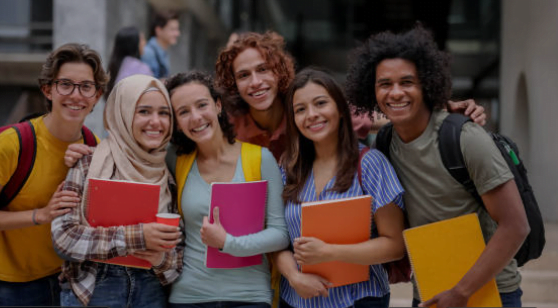
Benefits of Personalized School Uniforms
- Fostering Creativity and Self-Expression: Personalized uniforms offer a platform for students to express their personalities through color, style, and accessories. This creative outlet can positively impact a student’s self-esteem and overall well-being.
- Encouraging Inclusivity: By allowing personalized elements in school attire, schools can promote inclusivity, recognizing diverse backgrounds and cultures. For instance, schools can incorporate different cultural symbols and patterns into uniform designs, reflecting a multicultural student body.
- Boosting Student Engagement: When students are involved in designing their uniforms, they are more likely to feel a sense of ownership and pride. This engagement can translate into a more positive attitude towards school and learning.
- Reducing Bullying and Social Pressure: A personalized approach can mitigate the one-size-fits-all nature of traditional uniforms, which often leads to discomfort and, at times, bullying. Allowing students to wear uniforms that fit their body types and personal tastes can reduce such negative experiences.
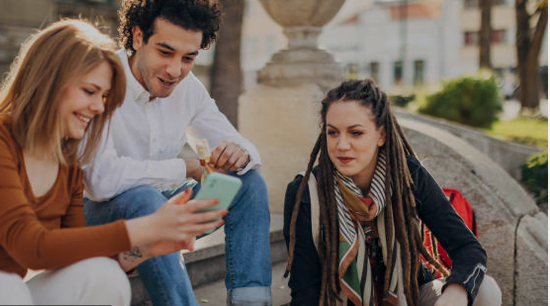
Implementing Personalized Uniforms in Schools
- Customization Options: Schools can provide various customization options such as fabric choices, color palettes, and additional accessories like badges or ties. Additionally, schools can allow minor alterations in design, such as different collar styles or pocket placements.
- Technology and Design Tools: Leveraging technology, schools can offer digital platforms where students can design their uniforms. These platforms can provide templates and guidelines to ensure all designs align with the school’s core dress code policy while allowing for personal flair.
- Incorporating Feedback from Students and Parents: Schools should actively involve students and parents in the decision-making process. Surveys and focus groups can provide valuable insights into what customization options would be most appreciated.
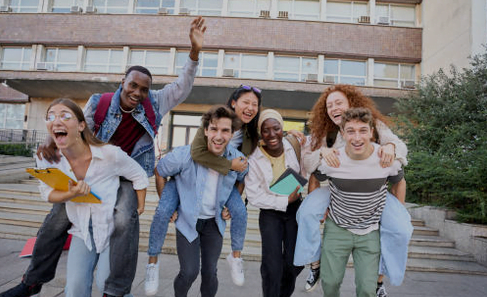
The Debate: Standardization vs. Personalization
While personalized school uniforms offer several benefits, there are also concerns and criticisms. Some argue that allowing too much personalization can undermine the uniformity that school uniforms are meant to promote. Others believe that it could lead to socio-economic disparities becoming more visible, as some families may afford more elaborate customizations than others.
- Maintaining a Balance: Schools need to find a balance between allowing personal expression and maintaining a sense of equality. Setting clear guidelines on what aspects of the uniform can be personalized and ensuring that these options are affordable for all families can help maintain this balance.
- Addressing Socio-Economic Concerns: Schools should consider subsidizing certain elements of customization or offering a range of options at different price points to ensure that all students can participate equally in personalization efforts.

Case Studies of Personalized Uniforms in Schools
- Case Study 1: School A’s Journey to Personalized Uniforms: School A in London implemented a personalized uniform policy that allowed students to choose from a variety of fabric textures and colors. The school reported increased student satisfaction and a notable decrease in uniform-related infractions.
- Case Study 2: School B’s Approach to Inclusivity: In Australia, School B introduced cultural elements into its uniform policy. Students could incorporate traditional patterns or colors significant to their heritage. This policy has been credited with enhancing the school’s inclusive environment and fostering a deeper sense of community.
The Role of Accessories in Personalization
Accessories such as ties, badges, scarves, and hats offer subtle ways to personalize school uniforms without altering the core design significantly. Schools can provide a variety of accessories that students can choose from, each representing different aspects of the school’s ethos or allowing personal expression.
- Ties and Badges: Customizable ties and badges can denote different houses, achievements, or clubs, fostering a sense of belonging and recognition.
- Scarves and Hats: Offering a range of colors and patterns for scarves and hats can allow students to express personal style while adhering to uniform policies.

The Impact of Personalized Uniforms on School Culture
Personalized uniforms can significantly impact school culture by fostering a sense of pride, belonging, and school spirit. When students feel their individuality is recognized and respected, they are more likely to develop a positive relationship with their school and peers. This positive culture can reduce absenteeism and improve overall academic performance.

Future Trends in School Uniforms
As technology advances, the future of school uniforms looks set to embrace even more personalization. From uniforms made from sustainable materials to smart fabrics that change color or pattern, the possibilities are endless. Schools must stay ahead of these trends to offer students innovative ways to express themselves while maintaining a cohesive and inclusive environment.
- Sustainable Uniforms: Future uniforms may incorporate eco-friendly materials that align with global sustainability goals. Personalization options could include choices of sustainable fabrics, recycled materials, and locally sourced textiles.
- Smart Uniforms: The integration of technology into uniforms could allow for dynamic customization, where colors and patterns could change based on digital inputs or environmental factors.
Conclusion
Personalized school uniforms represent a significant shift from traditional uniform policies, offering numerous benefits such as fostering creativity, encouraging inclusivity, and enhancing student engagement. However, careful consideration is needed to ensure that these changes do not exacerbate socio-economic disparities or undermine the core purpose of school uniforms. By striking a balance between personalization and standardization, schools can create an environment where students feel both unique and unified.

SEO Tips
- Keywords: personalized school uniforms, school uniform personalization, benefits of personalized uniforms, unique school uniforms, school uniform customization, student self-expression.
- Meta Description: Discover how personalized school uniforms can foster creativity, inclusivity, and a sense of belonging among students while maintaining the cohesion of traditional school attire.
- Alt Text for Images: Include descriptive alt text for all images to enhance accessibility and improve search engine ranking. For example, “Students wearing personalized school uniforms with unique accessories and color choices.”


